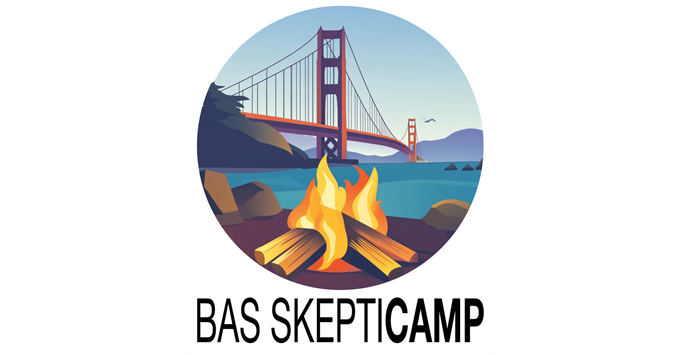
Eugenie C. Scott
28 January 2025
My doc says I should walk a lot, and so I listen to a lot of podcasts as I trudge off on some errand. I listen to a variety of podcasts on a variety of topics, and I’ve been struck at how many podcasts I could classify as “skeptical”, dealing with topics we skeptics are concerned with, or that showcase good critical thinking.
There are a lot of self-identified skeptical podcasts, and you probably listen to some of them: Skeptics Guide to the Universe; The Skeptic Zone; Skeptoid; and so on. The “ Skeptisphere










